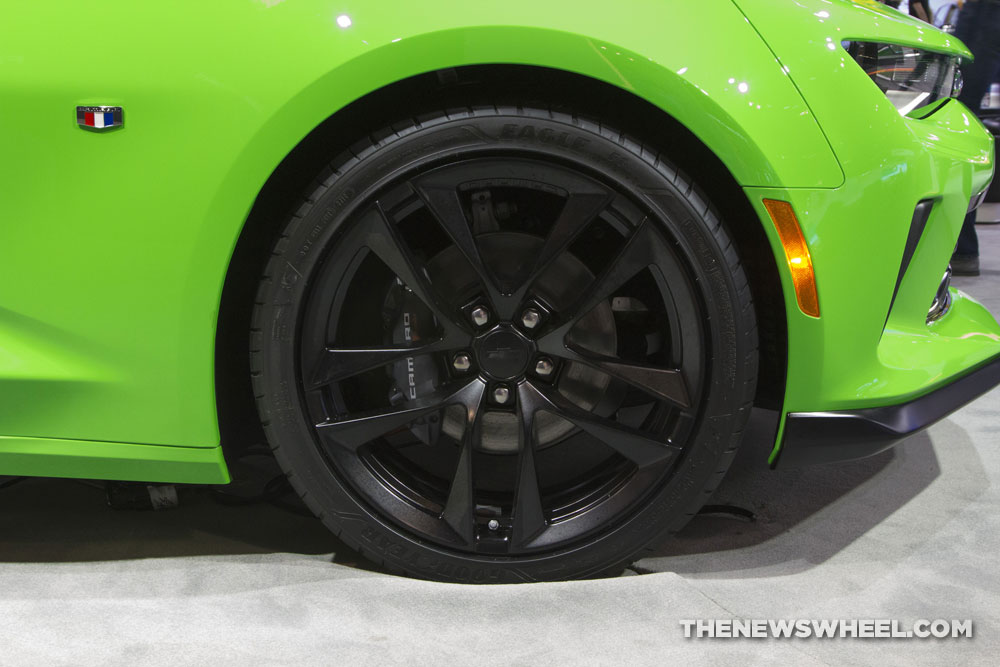Habits That Will Cost You on Your Car’s Trade-In Value

Photo: The News Wheel
Ready to turn in your old car for a newer model? Now is the best time to upgrade your ride because the value of used cars is at an all-time high. You’re bound to get top dollar on your trade-in at a dealership — that is, unless you do one of these things that will sabotage your car’s value.
Having Trouble Finding an Affordable Used Car? Here are some helpful shopping tips
You rarely serviced your car
All vehicles require a certain amount of basic upkeep. This includes biannual oil changes and tire rotations, as well as periodic fluid flushes, air filter replacements, and parts replacements. Neglecting these maintenance needs causes permanent damage to your car, which drastically reduces its value at trade-in.
You parked your car outside
Exposing your vehicle to the elements over multiple consecutive years can cause severe deterioration that will lower its value. Sweltering summers and brutal winters take their toll — which you could avoid if you park your car in the garage or a carport. Not everyone has access to covered parking, but if you do, make sure you’re using it to avoid rust and surface damage.
You drive like a maniac
If you aren’t gentle to your car, you aren’t being gentle to its trade-in value. Aggressive driving habits like jackrabbiting will ruin the brakes, bushings, and shocks. That can make an otherwise pristine car become a money pit of repairs and parts replacements that could have been avoided.
Your car was in a major accident
Condition factors heavily into a car’s trade-in value, and even a small accident can undermine that. Collisions that undermine the car’s structural integrity dissuade dealers from offering the model’s full value for a trade-in, even if the results are just cosmetic dents and scrapes. If your car gets damaged enough to be totaled or rebuilt, you can kiss your car’s value goodbye. Salvage-titled cars are typically worth half of the usual value.
You customized your car
Dealers will give better trade-in offers for cars that they’re confident they’ll be able to sell. Did you cover your vehicle with bumper stickers or custom graphics? Did you equip it with aftermarket street-racing parts? Did you replace the factory paint with matte paint? Did you remove the back seats and install a sleeping setup? All of these could make your car harder to sell to the average buyer, and the dealer will hesitate to pay extra for your unique “upgrades.”
You sell at the wrong time
Receiving a sub-par trade-in offer may be due to factors beyond the car itself. The dealer may already have a ton of that model in stock and isn’t interested in paying for more of another one. Or, they may have an overabundance of stagnating inventory that they need to sell before prioritizing trade-ins. Even a weekend offer may be less than what a mid-week offer would be when there’s less foot traffic at the dealership. Don’t be afraid to wait and try again later.
You accept the first offer you’re given
You’re probably not going to receive the best offer for your car’s trade-in upon your first conversation with a dealer. Take time to negotiate the trade-in amount, gather offers from other dealers, and be willing to walk away. Otherwise, you could accept a lowball trade-in offer just out of convenience.
When it comes to your car’s trade-in value, some factors you have no control over, such as a lack of demand for the model. But, there are many ways you can prepare your car to receive a top-notch trade-in credit if you avoid poor practices like these.
Aaron is unashamed to be a native Clevelander and the proud driver of a Hyundai Veloster Turbo (which recently replaced his 1995 Saturn SC-2). He gleefully utilizes his background in theater, literature, and communication to dramatically recite his own articles to nearby youth. Mr. Widmar happily resides in Dayton, Ohio with his magnificent wife, Vicki, but is often on the road with her exploring new destinations. Aaron has high aspirations for his writing career but often gets distracted pondering the profound nature of the human condition and forgets what he was writing… See more articles by Aaron.

